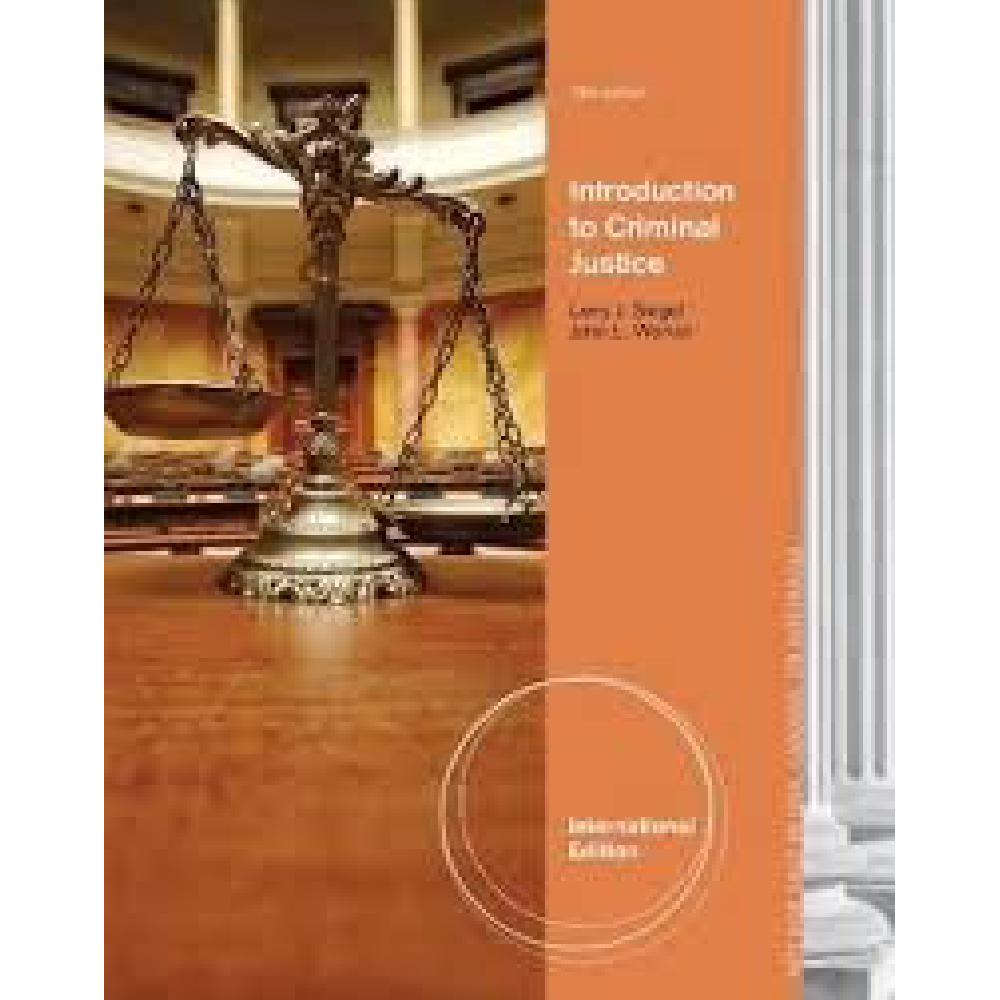Chapter 11—Punishment and Sentencing
MULTIPLE CHOICE
What was the most common state-administered punishment in early Greece and Roman civiliza-tions?
mutilation
burning at the stake
banishment
death penalty
ANS: C REF: p. 410 OBJ: 1
Between 1787 and 1875 England transported over 135,000 felons to _________________ for overseas work.
South Africa
Haiti
Australia
The United States
ANS: C REF: p. 412 OBJ: 1
What event ended the transportation of prisoners from England to the United States?
The War of 1812
Revolutionary War
The publication of The Fatal Shore
France’s participation in the free trade act of 1786
ANS: B REF: p. 412 OBJ: 1
Secure and sanitary prison construction and maintenance in 1700s England can be con-tributed to the work of __________________.
Ceasar Beccaria
Jeremy Bentham
William of Hillary
John Howard
ANS: D REF: p. 412 OBJ; 1
A crime control policy that depends on the fear of criminal penalties to prevent future criminal behavior of society.
general deterrence
specific deterrence
penitentiary deterrence
explicit deterrence
ANS: A REF: 413 OBJ: 3
The policy of keeping dangerous criminals behind bars or confined to eliminate risk of their repeat offending is called:
retribution
rehabilitation
incapacitation
restoration
ANS: C REF: 413 OBJ: 3
A crime control model suggesting that punishment should be severe enough to convince convicted offenders never to repeat their crime.
general deterrence
restoration
specific deterrence
rehabilitation
ANS: C REF: 415 OBJ: 3
Using mandatory life sentences so criminals cannot hurt other citizens is the core goal of:
restitution
incapacitation
retribution
general deterrence
ANS: B REF: p. 413 OBJ: 3
The philosophy of justice asserting that those who violate the rights of others deserve to be punished. The seriousness of the crime should equate to the seriousness of the pun-ishment as well.
equity restitution
general deterrence
just desserts
restoration
ANS: C REF: p. 415 OBJ: 4
The process of ______________________ is best known for turning the justice system into a healing process for both the offender and victim rather than a process of revenge.
just desserts
retribution
rehabilitation
general deterrence
ANS: B REF: p. 416 OBJ: 4













Reviews
There are no reviews yet.